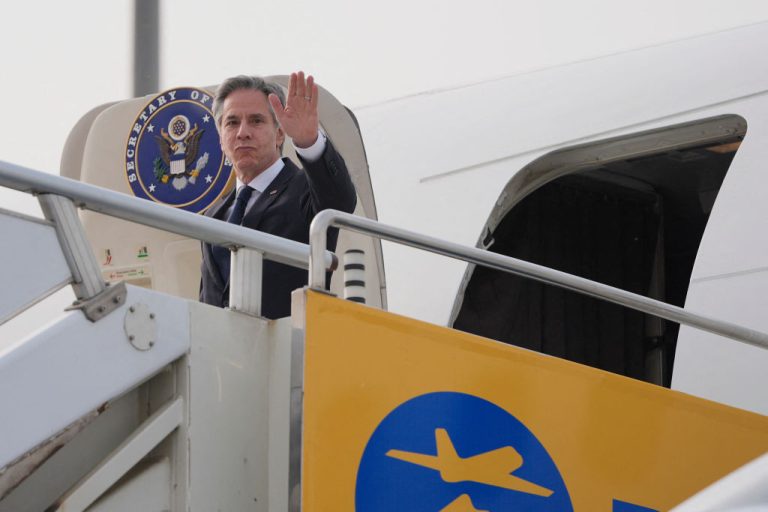In February this year, the United States announced that it had struck a deal with the Phillipines to add four additional military bases in the country, an opportunity for the U.S. to gain a front row seat to monitor the Chinese in the South China Sea and Taiwan.
The deal completes the encirclement of China, with U.S. military bases now stretching from South Korea, to Japan to Australia.
Gregory B Poling, director of the Southeast Asia program at the Centre for Strategic and International Studies in Washington, told the BBC, “There is no contingency in the South China Sea that does not require access to the Philippines,” adding that, “The U.S. is not looking for permanent bases. It’s about places, not bases.”
According to a statement from Washington, the new additions and expanded access will “allow more rapid support for humanitarian and climate-related disasters in the Philippines, and respond to other shared challenges.” Many believe that the “shared challenges” cited is a veiled reference to China’s influence in the region.
In April, the location of the bases were revealed. The sites include, “the Camilo Osias navy base in Sta Ana and Lal-lo airport, both in Cagayan province, and Camp Melchor Dela Cruz in Gamu, Isabela province and the island of Balabac off Palawan,” Reuters reported.
Success
You are now signed up for our newsletter
Success
Check your email to complete sign up
The four bases are an expansion of the Enhanced Defense Cooperation Agreement (EDCA) which was first established by the Obama administration in 2014.
China lashed out at the agreement saying in an embassy statement that “U.S. actions escalate regional tension and undermine regional peace and stability,” adding that, “The United States, out of its self interests and zero-sum game mentality, continues to step up military posture in this region.”
READ MORE:
- On America’s Doorstep: New Chinese Military Training Facility Planned for Cuba, WSJ Claims
- China Eyeing First Atlantic Military Base in Africa
- South Korean President hits Back at ‘Wolf Warrior’ Rhetoric From China’s Ambassador Xing Haiming
‘Light and flexible’
The U.S. has stepped back from deploying thousands of troops to military bases around the world and instead is seeking places where “light and flexible” operations can be conducted when needed.
In the 1980s the Philippines was home to around 15,000 U.S. troops on two of America’s largest military bases in Asia, Clark Field and nearby Subic Bay.
In 1991, following the ousting of dictator Ferdinand Marcos, the U.S. troops stationed in the country were sent home.
Since then, Communist China’s influence in the region has only grown, with the red regime building at least 10 artificial island bases in the South China Sea and redrawing the map of the area, which the Philippines insists on referring to as the West Philippine Sea.
Herman Craft, a political science professor at University of the Philippines, told the BBC that prior to this, relations between Manila and Beijing had been free of any major problems.
“We had a live and let live situation in the South China Sea. But in 2012 they tried to seize control of Scarborough Shoal. Then in 2014 they began building the islands. The land grab by China changed the relationship,” he said.
Former Philippine Ambassador to the U.S., Jose Cuisia Jr., said that the Philippines have a “very limited capability against the threat from China,” adding that Beijing has repeatedly broken promises not to militarise their bases in the disputed territory.
“The Chinese have militarised those features and that puts more of our territory under threat. Only the U.S. has the power to stop them. The Philippines cannot do it alone,” he said.
















